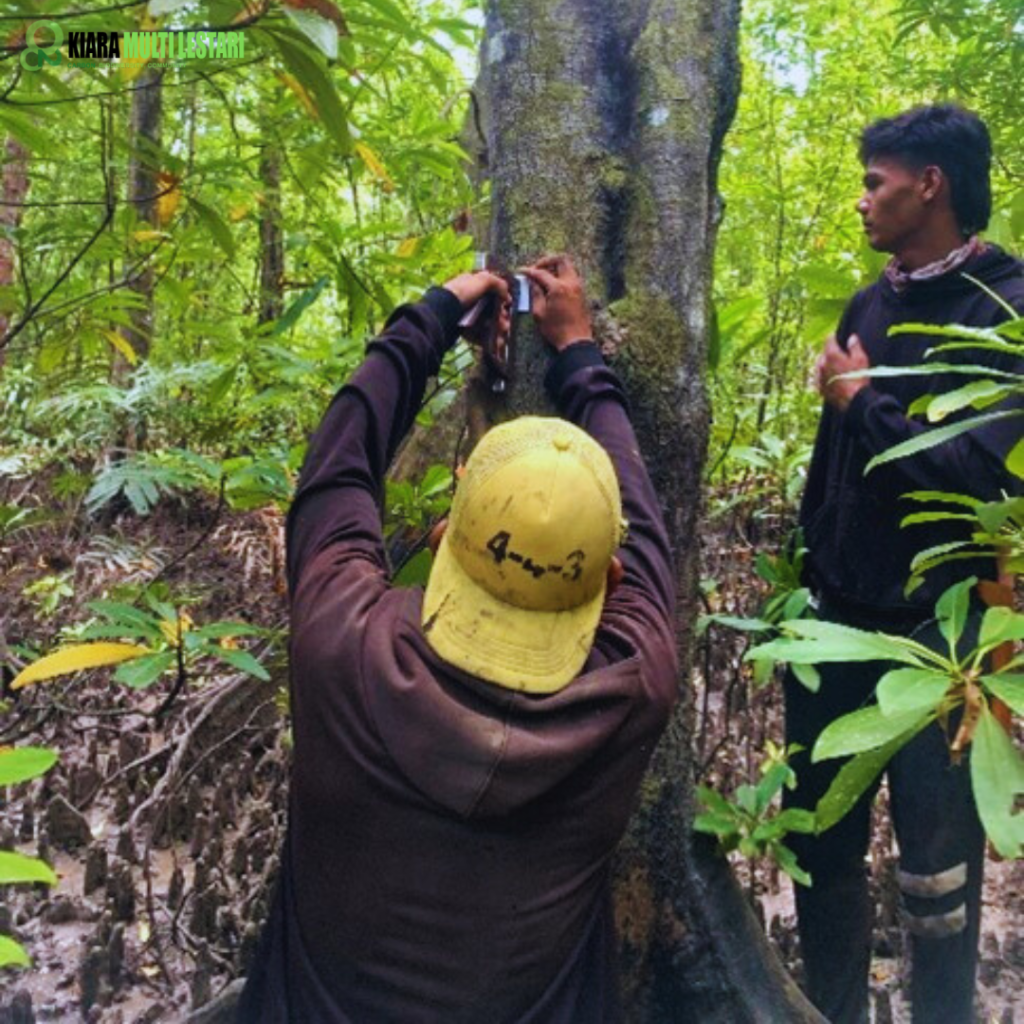Gallery
Our gallery captures the stories behind our work — from the field to the community, from planning to impact. Through images and videos, we showcase the dedication of our team, the beauty of nature, and the real change we help create.
CARBON









BIODIVERSITY




Haliastur indus
Brahminy kite
A distinctive bird of prey with a white head and reddish-brown body. Often seen hovering over coastal waters, rivers and mangroves, the Bondol Eagle plays an important role in maintaining ecosystem balance as an apex predator.

Himantopus leucocephalus
Black-winged Stilt
A waterbird known for its striking long legs and contrasting black-and-white plumage. This species can be found in wetlands such as swamps, ponds, and coastal areas, both as a resident and migratory bird.

Nasalis larvatus
Proboscis Monkey
Borneo’s endemic primate that is easily recognizable by its distinctive long nose and distended belly. Living in mangrove forests, swamps and along rivers, proboscis monkeys play an important role in maintaining coastal ecosystems. This unique animal is now threatened with extinction due to habitat loss.

Nyctixalus pictus
White-spotted Tree Frog
The white-spotted tree frog is a rare and unique species of arboreal frog found in the tropical forests of Southeast Asia, including Indonesia. Its body is reddish-brown with striking white spots, making it an expert in camouflage amongst foliage. Living at high altitudes and highly sensitive to environmental changes, this species is an important indicator of forest ecosystem health.

Staurois guttatus
Black-spotted Rock Frog
Staurois guttatus, also known as the black-spotted rock frog, is a species of frog that lives around rocky streams in tropical rainforests. It has a slender body with a greenish coloration and a striking white spot pattern, which helps it camouflage in mossy and wet environments. The presence of Staurois guttatus is an important marker of healthy, unpolluted river ecosystems.
